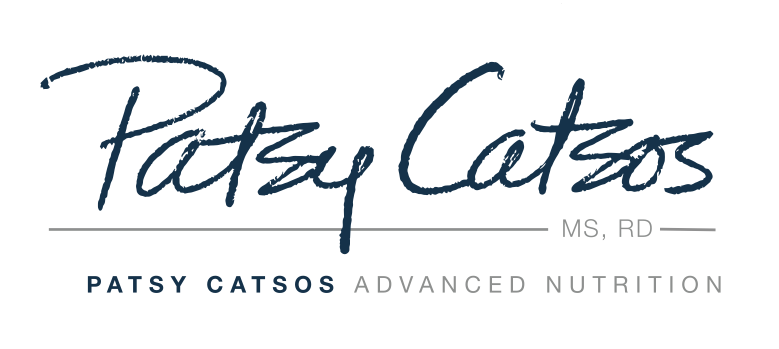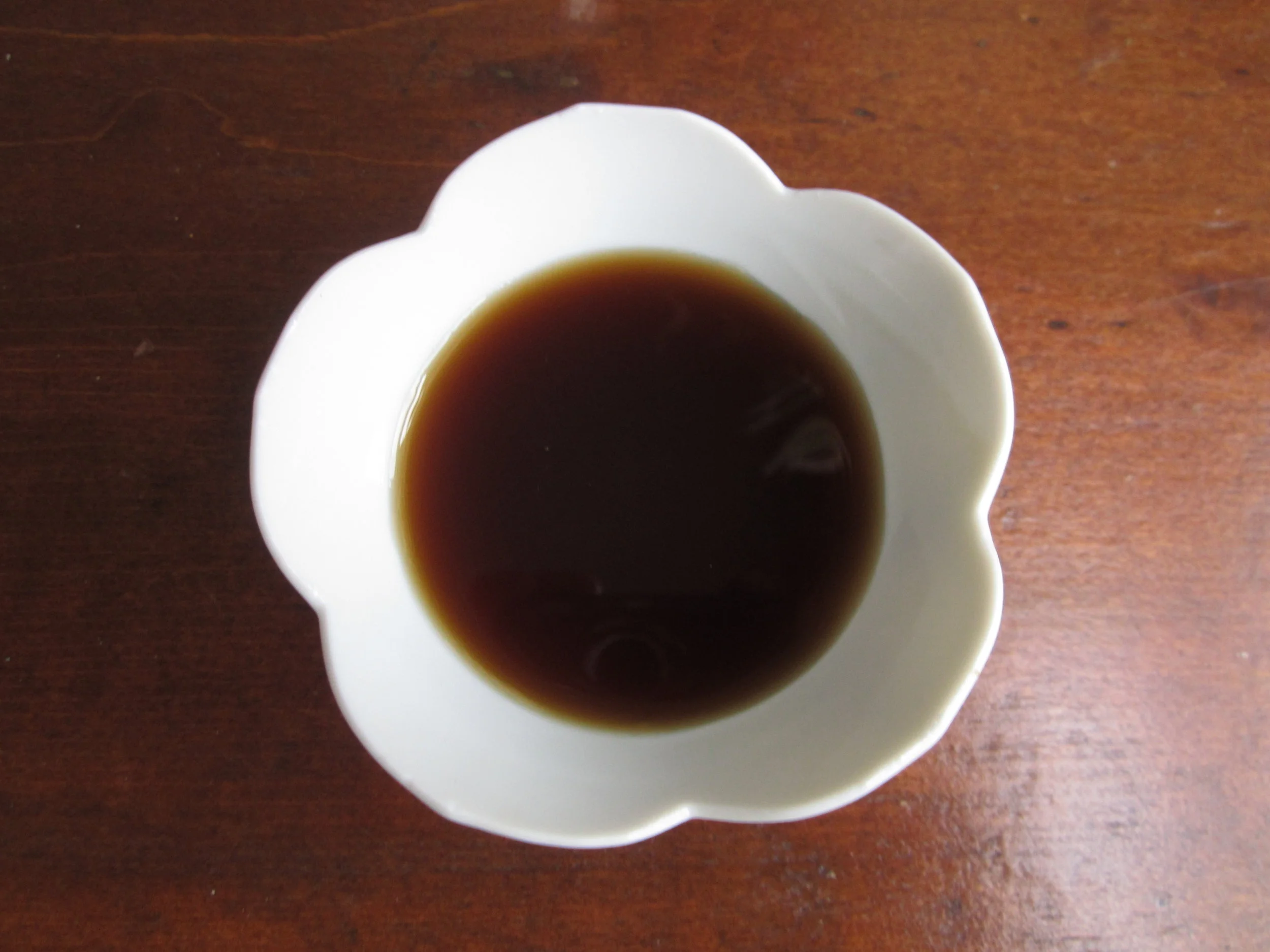One secret to success with a low-FODMAP diet is understanding which sweeteners can be used.
Sweeteners that are Suitable for the Elimination Phase
Sweeteners that are suitable for the elimination phase of a low-FODMAP diet should contain at least as much glucose as fructose. Why? Because fructose is absorbed more easily in your small intestine when it is paired one-to-one with glucose. Trying to absorb excess fructose is like trying to pedal a bicycle with just one foot. Not efficient! Even under the best of circumstances, there is a limit to how fast a person can absorb fructose, and that limit varies from one person to the next. So, even if sweetened with a suitable sweetener, portions should be small. In The IBS Elimination Diet and Cookbook I recommend limiting yourself to a rather conservative 1 tablespoon of low-FODMAP sweetener per meal or snack. I am aware that, technically, larger servings of some sugars can be considered low-FODMAP. However, it’s been my experience clinically that patients get better results with this small amount. It’s plenty to sweeten your tea or coffee with, or to put on toast, or add to a salad dressing. But not enough to have more than a very small dessert, which often involve sugar ingredients by the cup.
Sucrose--good old table sugar--is one of the suitable sweeteners for the elimination phase of the FODMAP diet. To be more specific, more exotic, or healthier-sounding, manufacturers use a great many different words on the food label that all mean essentially the same thing: sucrose. Here is a list names for sugars suitable for the elimination phase which you might see in recipes or the ingredients section of a food label:
Which sweeteners are low in FODMAPs?
bar sugar
beet sugar
berry sugar
brown sugar
cane juice crystals
cane sugar
cane syrup
castor sugar
confectioners' sugar
evaporated milled cane juice
granulated sugar
icing sugar
naturally milled organic sugar
organic cane syrup
organic sugar
raw sugar crystals
refined sugar
simple syrup
sugar syrup
superfine sugar
Other low-FODMAP sweeteners that qualify for the elimination phase of the diet because they do not contain excess fructose include glucose, dextrose and palm sugar. Stevia is a low-FODMAP sweetener that is not a sugar; I recommend liquid stevia extract rather than powdered products that use another substance to fill up the little packet or measuring cup. Coconut sugar and Demerara sugar have very small low FODMAP serving sizes. Date sugar has not been analyzed for FODMAPs, so it’s anyone’s guess how it fits into a low FODMAP diet.
Syrups are a Gray Area for Low-FODMAP diets
Syrups and maltodextrins are tricky. It cannot be assumed that these ingredients are low in FODMAPs, even if the food they are made from is low-FODMAP. Excess fructose is not the only potential problem; syrups can potentially develop some oligosaccharides during the manufacturing process. Also, the names for some syrups as shown on the list of ingredients are not specific enough. For example, the amount of fructose in "high-fructose corn syrup" can range from 45% to 90%. "Maltodextrin" and "invert sugar syrup" can refer to a variety of things; they are not names of specific ingredients. I think its best that syrups and foods containing syrups are specifically tested to see if they are low in FODMAPs. In the absence of laboratory certification, I recommend my patients and readers avoid syrups during the elimination phase. A few exceptions: 100% pure maple syrup is low in FODMAPs. Corn syrup is low FODMAP; unlike high-fructose corn syrup, regular corn syrup is mostly glucose. And some of the syrups bulleted above, which are simply sucrose plus water, are low-FODMAP and can be used on a low FODMAP diet.
Not Suitable for the Elimination Phase
Sweeteners that I do not usually recommend for a low-FODMAP diet, because standard portions contain too much fructose include honey, molasses, golden syrup and agave syrup. True, Monash University has apparently analyzed all of these sweeteners, and the Monash Low FODMAP App as of 12/2019 indicates that very small amounts of these sweeteners can be considered low-FODMAP. (This is based on unpublished data so I haven’t been able to review the details.) However as a practical matter I continue to teach my patients to choose the widely available alternatives (above) that are lower in FODMAPs and will leave more room in their meal plans for FODMAP-containing fruits and vegetables.
Some, but not all, products marketed as “sugar-free” or “low sugar” are sweetened with high FODMAP sugar alcohols, including mannitol and sorbitol. These should not be consumed during the elimination phase. I also educate my patients to avoid other sweeteners that end with the letters "-ol" as they can have similar and powerful GI effects on some individuals. Sugar alcohols which don’t follow the -ol naming rule should also be avoided for best results, including polydextrose and isomalt.
Lactose is occasionally used as a sweetener in yogurt and chocolate. It is a FODMAP, so should not be consumed on the elimination phase.
Final Comments
Other non-nutritive sweeteners, such as saccharine, aspartame, and sucralose are not FODMAPs. If you must, you can use them on a low-FODMAP diet. I recognize that these ingredients can be important to some consumers for various reasons. Why would I "allow" artificial sweeteners on a diet for people with IBS? The IBS Elimination Diet and Cookbook is not about creating a comprehensive list of every single thing in the universe you should avoid because it might trigger your IBS symptoms. It has a particular focus: finding out whether or not FODMAPs in your diet are contributing to your IBS symptoms. If these ingredients do bother you, which can certainly happen, it is not because they contain FODMAPs.
This article was originally published in 2014. It was updated in 2017, 2022, and 2024. Republished Jan 2, 2024.
This page may contain affiliate links. We are a participant in the Amazon Services LLC Associates Program, an affiliate advertising program designed to provide a means for us to earn fees by linking to Amazon.com and affiliated sites.


